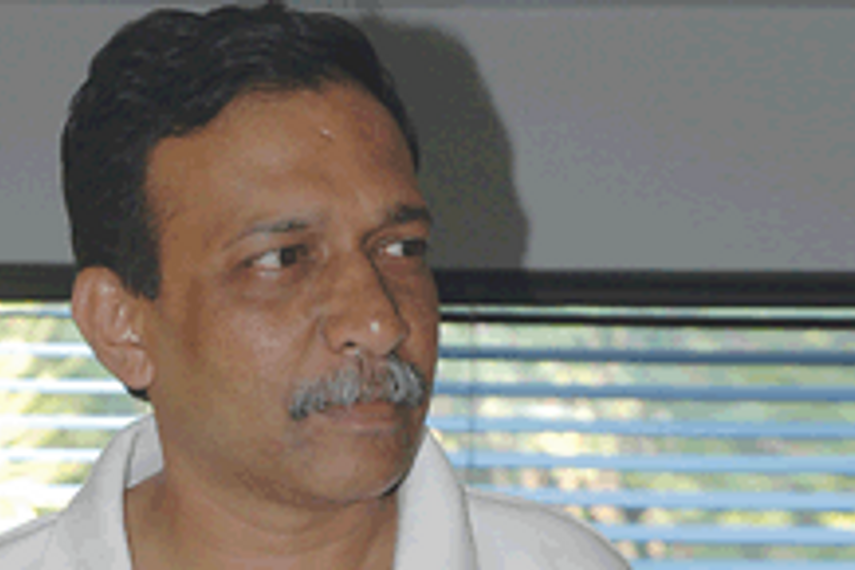
Since it’s about events, I startle the class when I talk of the importance of listening to clients and making sure that you understood them well and, consequently, write a good, actionable brief.
It’s not enough to say that the launch party is to be held ‘at a classy venue with the best food and alcohol and the highest quality entertainment”, even if it sounds fairly tight.
The problem is, classy venue could translate to The Taj, Colaba, to some and to Kohinoor International for others. Best food could mean pate de fois gras or tandoori chicken. Best alcohol could range from a Glenfiddich to a Directors’ Special. Highest quality entertainment could suggest the Cirque de Soleil or Rakhi Sawant.
That’s the challenge of the day: the many bests that we have.
When a Glenfiddich and a Directors’ Special are on par, insofar as there are large parts of India which think one is the ‘best’ and other parts root for the other, that’s even more than a challenge, it’s a nightmare. It gets worse when one considers that both are right.
Suddenly, as the retail infrastructure grows and the economy trots on at a clip that approaches a gallop, the need that marketers feel to future-proof themselves by being present in every single segment to protect market-share leads to questions and debates on the sheer width and depth of offerings that are required.
We need to address both the top and the bottom of the pyramid, is the new mantra.
Consider this for a moment: perhaps the pyramid is just too large?
Consider this, too: are there many pyramids, and one could choose to attack only some of those pyramids, and just some parts of the chosen pyramids, not necessarily all?
If, instead of seeing India as one big pyramid of 1.2 billion people (and as many wallets), one breaks India into smaller pyramids, each has a top and a bottom that, in itself, is a considerable market and one that is easier to manage and target.
If, instead of treating the super rich as the top of the pyramid, we treated them as a pyramid on its own, the challenges seem to be easier to tackle – and confusion in media planning and positioning that much simpler.
Similarly, if we take the top end of the middle class, the upper middle class, as a pyramid on its own, it still is a market of considerable size.
And you can do that for each ‘slice’ of the original, big, 1.2 billion pyramid – create a new one, with a top and a bottom and a middle.
So you might end up with a smaller pyramid that is only 100 million strong, which has a top of, say, 10 million. That’s still a lot of consumers. For this mini-pyramid, the ‘best’ mobile instrument could be, for example, one that costs around Rs. 5,000.
It’s still the best – and that makes life simpler.
With the media planning targeting only this segment, communication confusion also disappears. A mobile manufacturer could create communication for this segment saying that a particular Rs.5,000 handset is the best without causing confusion in the minds of those in ‘higher’ pyramids.
Perhaps the 1.2 billion population is the worst enemy that we have. When we think of a target of selling to only 1% of this monster, it always seems achievable – and yet marketers often fail. Perhaps, funnily, the more difficult sounding target of getting 20% market share of a smaller 100 million pyramid sounds more daunting – but is more likely to be achieved.



.jpg&h=268&w=401&q=100&v=20250320&c=1)

.jpg&h=268&w=401&q=100&v=20250320&c=1)
.jpg&h=268&w=401&q=100&v=20250320&c=1)
